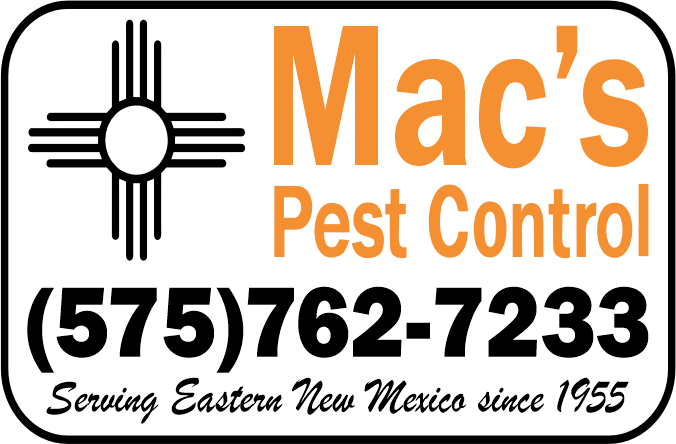Flea Control: Tips and Strategies to Manage Flea Infestations
Fleas are small, blood-sucking insects known for their irritating bites and ability to infest homes and pets. Effective flea control involves understanding their behavior, treating pets, and implementing measures to eliminate fleas from your living spaces.
-
 Appearance
Appearance Fleas are tiny, wingless insects with flattened bodies, enabling them to move easily through fur or clothing. They have strong legs for jumping, making them hard to catch.
-
 Behavior
Behavior Fleas are parasites that feed on the blood of mammals and birds. They often infest pets and can cause discomfort and health issues, including allergic reactions and the transmission of diseases.
-
 Diet
Diet Fleas feed exclusively on blood, and they require a host to survive. Pets and people are commonplace hosts for fleas, and they are able to motive excessive itching and discomfort.
-
 Habitat
Habitat Fleas can be found on pets, in carpets, bedding, and cracks in floors. They lay eggs on their hosts, and these eggs can fall off onto surfaces, leading to infestations in various areas.
Prevention
To prevent flea infestations, maintain proper pet hygiene, regularly treat pets with flea preventatives, vacuum your home frequently, and wash pet bedding and household items.
Treatment
Flea control treatments involve treating pets with flea shampoos, using flea collars, applying spot-on treatments, and treating the environment with insecticides. Consistent and thorough treatment is crucial to eliminating fleas.
This article provides essential information about flea behavior and effective strategies for flea control. By focusing on pet treatment and maintaining a clean environment, you can effectively manage and prevent flea infestations.
Steps to Help you with Fleas
-
Inspect
-
Protect
-
Exterminate
-
Maintain
Get Started Today! Call us at 575.762.7233 or
